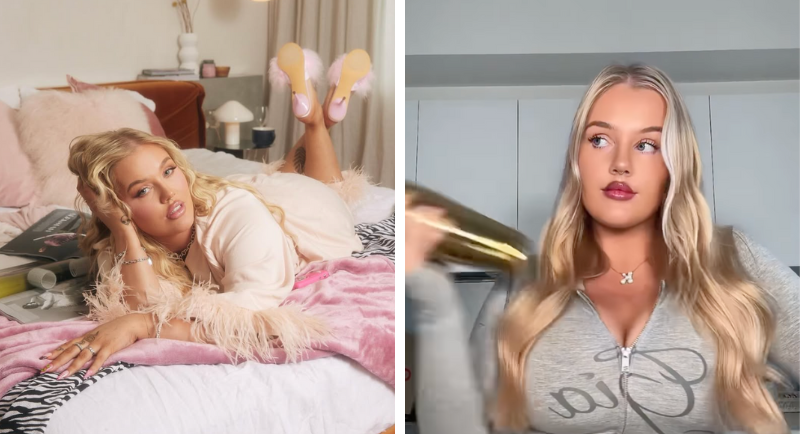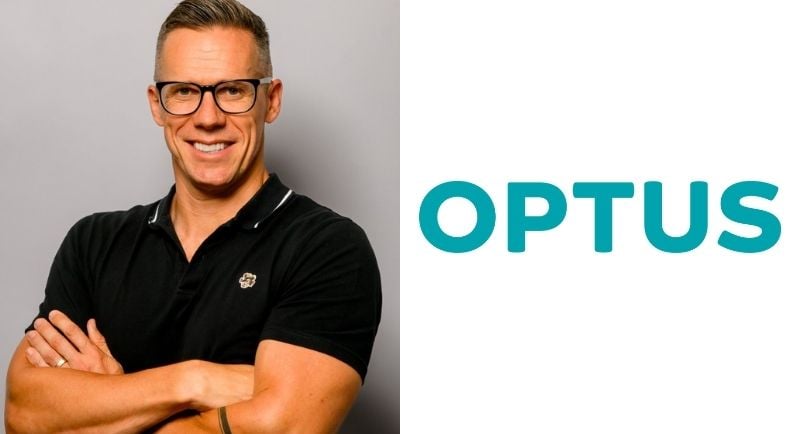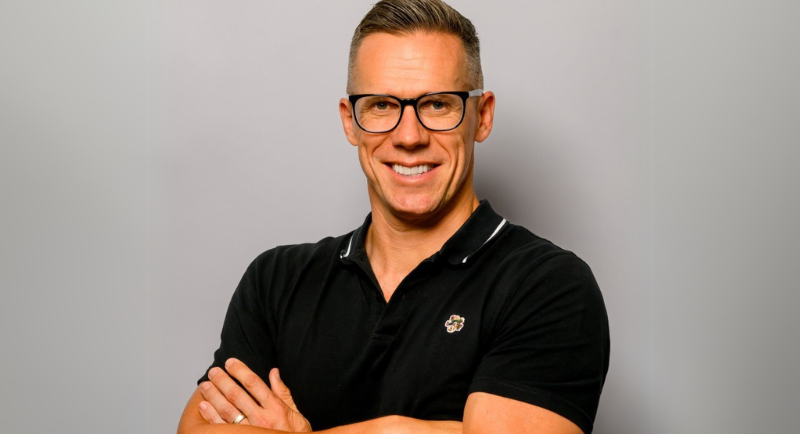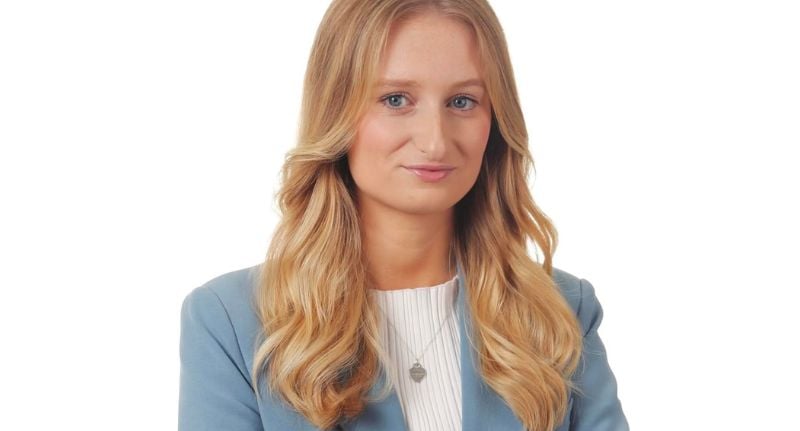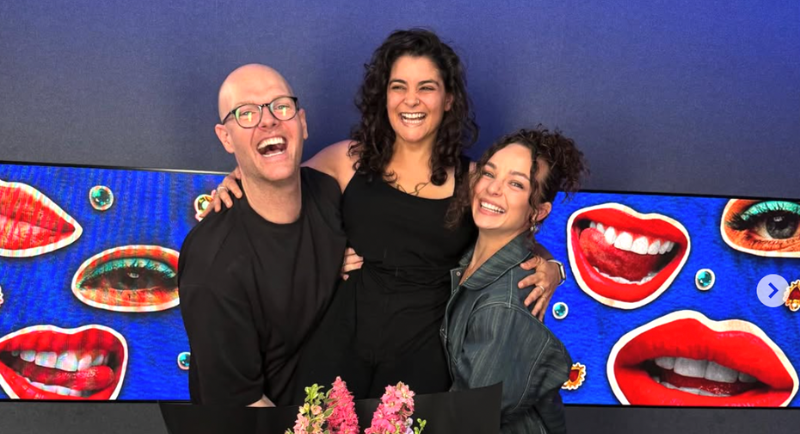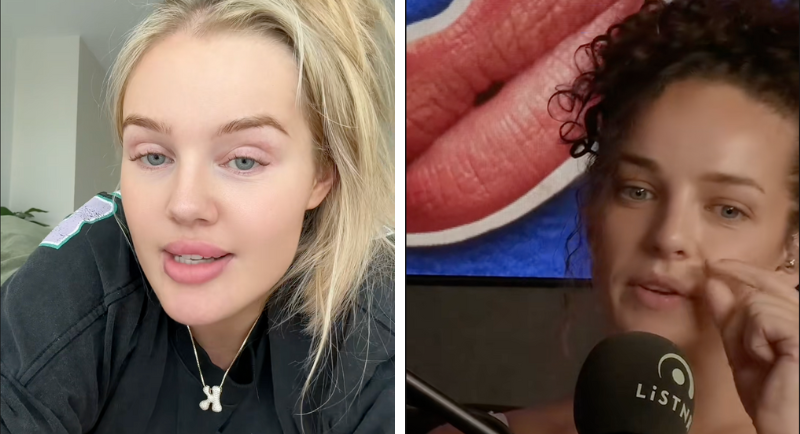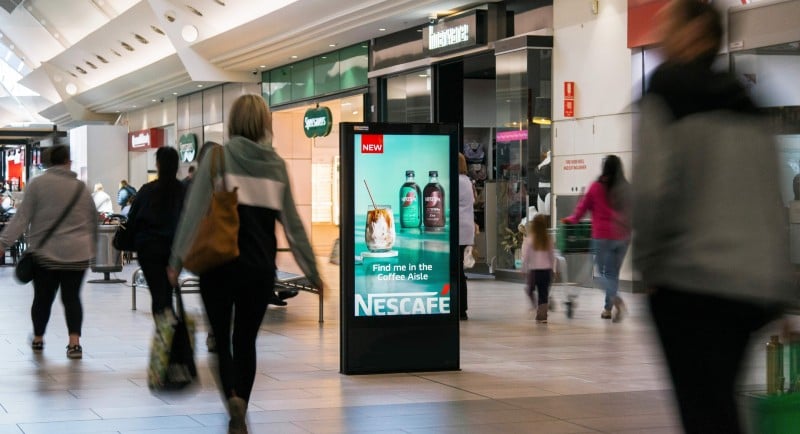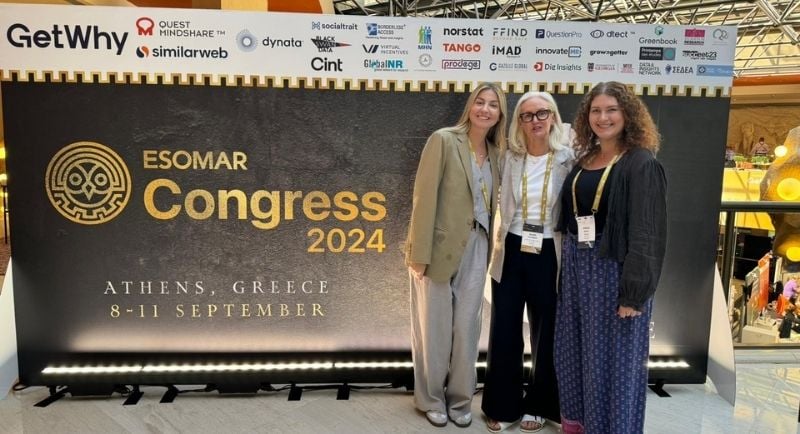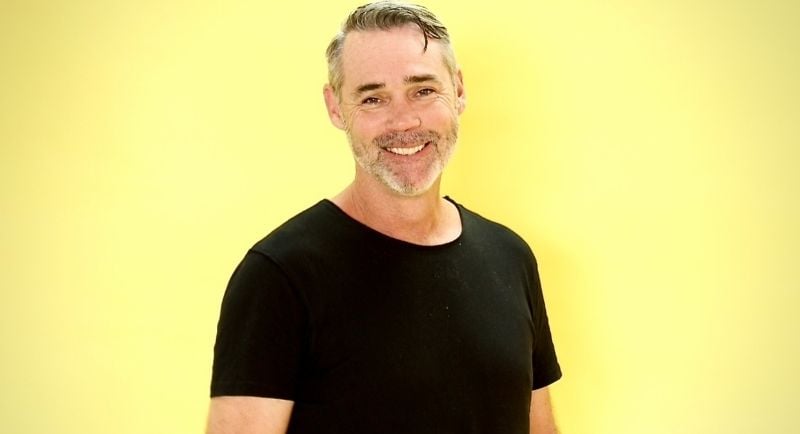It’s the case that’s captivated the nation: a mystery laced with family tragedy, forensic intrigue, and one of the most bizarre alleged murder weapons in Australian legal history: a homemade beef Wellington.
Today, Erin Patterson returns to the stand in her triple-murder trial at the Supreme Court in Morwell, Victoria.
The 49-year-old is accused of serving a dish laced with deadly death cap mushrooms to her former in-laws and another relative, three of whom later died.
The trial’s twists and turns have dominated headlines across Australia and overseas.
But while most of the focus is on courtroom drama, there’s another story playing out just a few doors down, in the overflow room packed with journalists, court sketch artists, and broadcast producers, all trying to faithfully bring each development to the public.
Among them is Herald Sun reporter and host of News Corp Australia’s The Mushroom Cook podcast, Brooke Grebert-Craig, whose daily grind balancing live court coverage, podcast production, social videos, and print deadlines offers a rare glimpse into the relentless reality of covering a case like this.
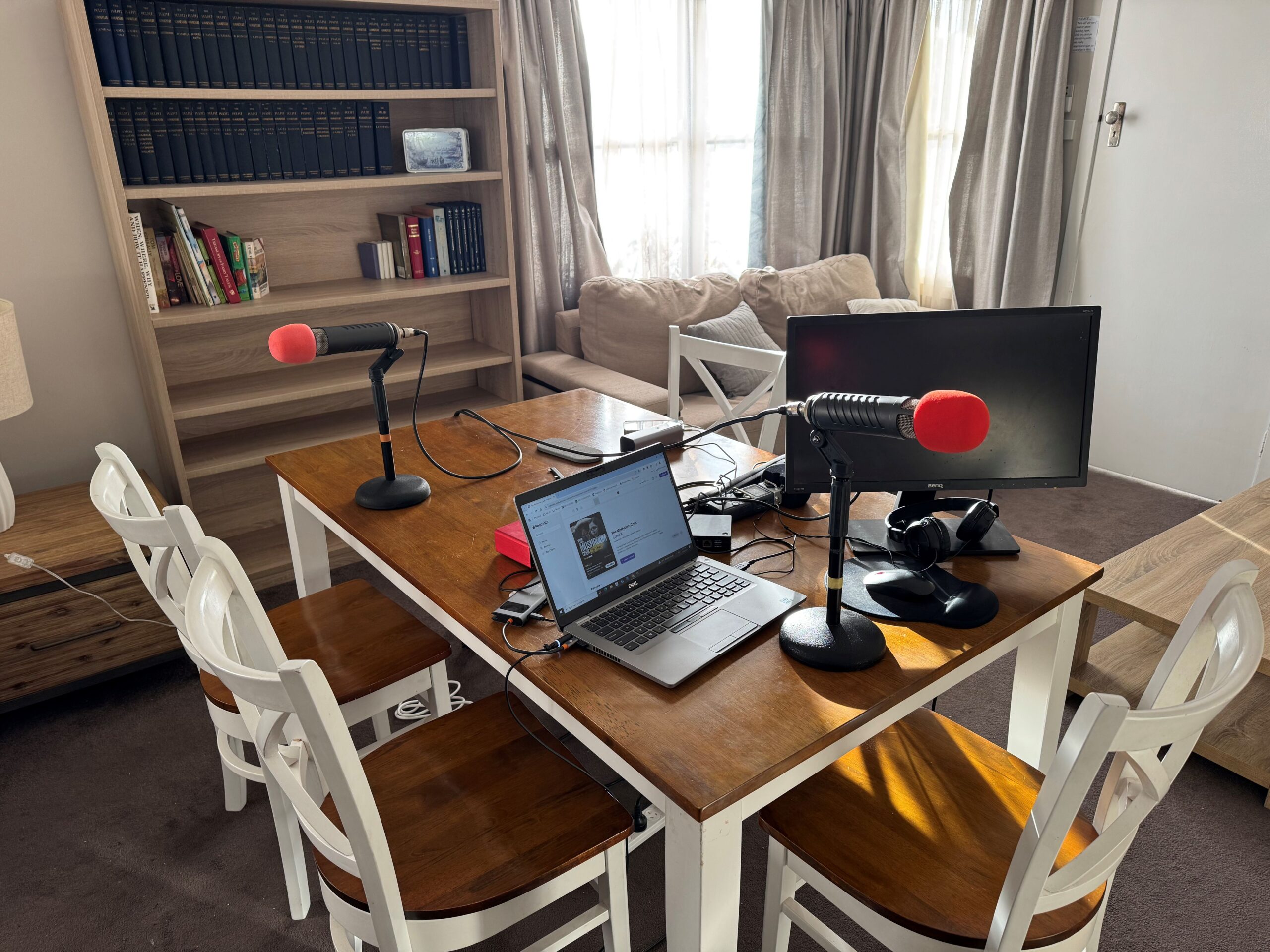
The dining room table set-up where Brooke and the team records ‘The Mushroom Chef’ podcast
The rotating seat system and the buzz of overflow
Each day, six media spots are allocated within the courtroom, and who gets in rotates.
“One day it might be the Herald Sun, the next it could be The Age,” Grebert-Craig told Mediaweek. “My colleague, Laura Placella, who’s our court reporter, and I usually switch depending on what’s happening. We prioritise her being in the courtroom while I’m in the overflow room.”
The overflow room, located on the same level as Courtroom Four, has become the nerve centre for most journalists covering the trial.
“It’s just a few doors down, so you can go back and forth,” she says. “Inside, we’ve got chargers, you can eat, and while it’s still court, it’s a little more relaxed.”
Relaxed doesn’t mean empty. On a typical day before Patterson took the stand, there were around 15 journalists in overflow. But as interest surged this week, Grebert-Craig says that number has at least doubled.
“We’re seeing more international media now, the BBC, and foreign correspondents. They were there yesterday. It’s a solid setup.”
Closer, clearer, and still strictly by the book
The courtroom overflow has its perks, including a clearer view of crucial exhibits.
“There’s a big screen so we can see everything happening in court,” she explains. “When exhibits go up, photos, text exchanges, that sort of thing, we can get a closer look than in the courtroom. We’re allowed to walk up quickly, take notes, and jot down the finer details.”
The court rules still apply: no phones, no photos, and no recordings. But being able to move freely, even within strict limits, makes a huge difference in covering fast-paced evidence.
“It’s like a standard regional courtroom setup, probably about 40 to 50 seats, five rows,” she adds. “There are charging docks and a few tables, but most of the time we’re just using notebooks or laptops on our laps.”
The physical setup may be basic, but the atmosphere is anything but cold.
“There’s a strong sense of camaraderie,” Grebert-Craig says. “Even though we’re all from different outlets, people share notes at the end of the day. We’re all here for the same reason, and that mutual support only helps everyone.”
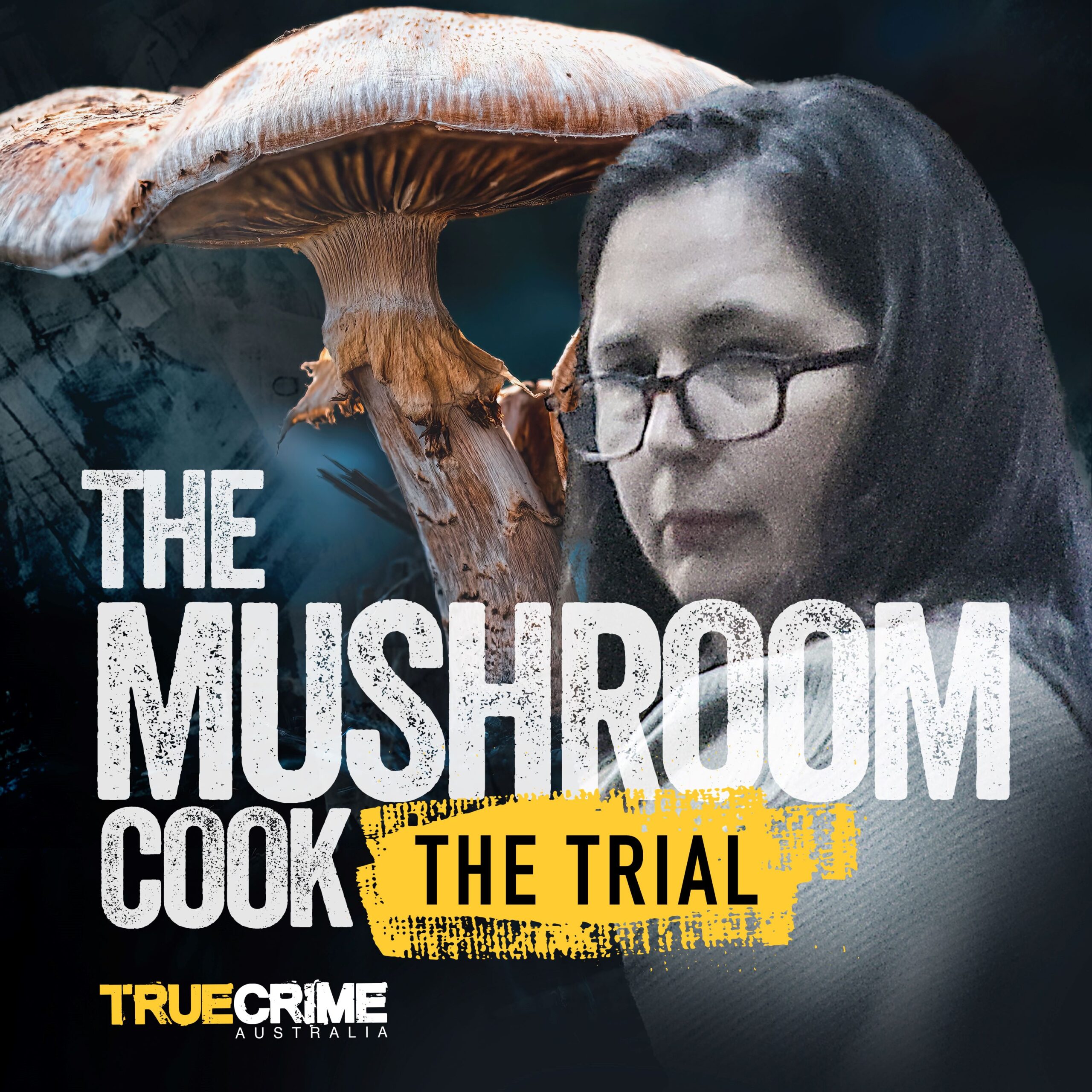
Podcasting under pressure
For Grebert-Craig, the story isn’t just being written, it’s also being recorded.
Each evening after court, she heads back into the makeshift studio to record The Mushroom Cook, which has become one of the country’s most talked-about true crime pods.
And the audience numbers back it up.
Since launching, the podcast has pulled in 2.3 million downloads in Australia, 450,000 in the UK, 240,000 in New Zealand, and 135,000 in the US.
It’s a striking measure of just how far this Victorian courtroom drama has reached, and how hungry audiences are for detailed, day-by-day insights into the case.
“After court ends, around 4 or 4:30, I film a social video, send it to the team, and then we shift gears into writing the print story,” she says. “After that, we record the podcast. That can take 45 minutes to an hour to record, even though the final episode is usually 10 to 15 minutes. Sometimes there’s a lot to talk through, and we have to make sure everything is accurate and strictly reflects what was said in front of the jury.”
The final product is reviewed by legal before going live on Spotify and Apple Podcasts, often around 10pm.
Live blogs, lunch runs and courtroom pacing
Covering a trial like this isn’t a 9-to-5 gig. It’s more like a daily marathon… albeit with multiple sprints in between.
“Court kicks off at 10:30am each day, but we usually head in around 10,” she explains. “We’re in court for about six hours, and during that time, we live blog, which is pretty full-on. We’re constantly keeping our Herald Sun audience updated.”
While live blogging, Grebert-Craig is also planning podcast episodes, scribbling down key details, figuring out the lead, thinking about what might work as a cold open.
“By around 3pm, I start scripting a video we run on socials and embed into our stories,” she says. “Then we record the pod, get legal approval, and finally get to call it a day.”
Morwell’s media melting pot
While the courtroom is where the official drama unfolds, there’s a strange intimacy to the day-to-day life around Morwell.
“It’s a really small town, there are only about two cafes within walking distance of the courthouse,” says Grebert-Craig. “During lunch breaks, everyone congregates in the same spots. You’re seeing defence barristers, the prosecution team, even witnesses and jurors around the area.”
It makes for strange moments and complex ethical lines.
“The other day I was waiting for a coffee and standing right next to Ian Wilkinson who survived the lunch,” she recalls.
“As a journalist, you wonder if you should say something. But then you remember: three people died. He’s still grieving. He’s been in court every day. Out of respect, I just let him be.”

Accused mushroom killer Erin Patterson
Cold mornings, long queues and a public watching closely
It’s not just the media who’ve been turning up in greater numbers. Members of the public are lining up earlier and earlier, sometimes well before sunrise, just for the chance to get a courtroom seat.
“People are arriving at 6am to line up, even though the doors don’t open until 9am,” Grebert-Craig says. “So they’re waiting up to three hours in the cold. And it is cold in Victoria right now, freezing, actually, like five degrees in the morning.”
Once inside, there’s more queuing: through security, up two flights of stairs, and then another line for Courtroom Four itself.
“There’s definitely a bit of a process,” she adds.
Keeping it together through it all
For Grebert-Craig, the emotional toll of covering such a harrowing case hasn’t gone unnoticed. But there’s a professionalism that grounds everything she does.
“Personally, I think I’ve been doing okay,” she says. “Everyone in my life understands we can only report on what’s been said before the jury, so no one really pushes me for anything more than that.”
As Erin Patterson continues giving evidence, and public interest continues to build, the journalists in Morwell will keep doing what they do best: show up, take notes, and tell the story as accurately and clearly as possible.
And for Grebert-Craig, that means another night of scripting, recording, and filing, long after the courtroom doors have closed.
The Mushroom Cook is spearheaded by Herald Sun reporter Brooke Grebert-Craig, court reporter Laura Placella and Gold Walkley-winning reporter Anthony Dowsley.
The podcast is available on Spotify, Apple Podcasts, and other major platforms.
Keep on top of the most important media, marketing, and agency news each day with the Mediaweek Morning Report – delivered for free every morning to your inbox.
